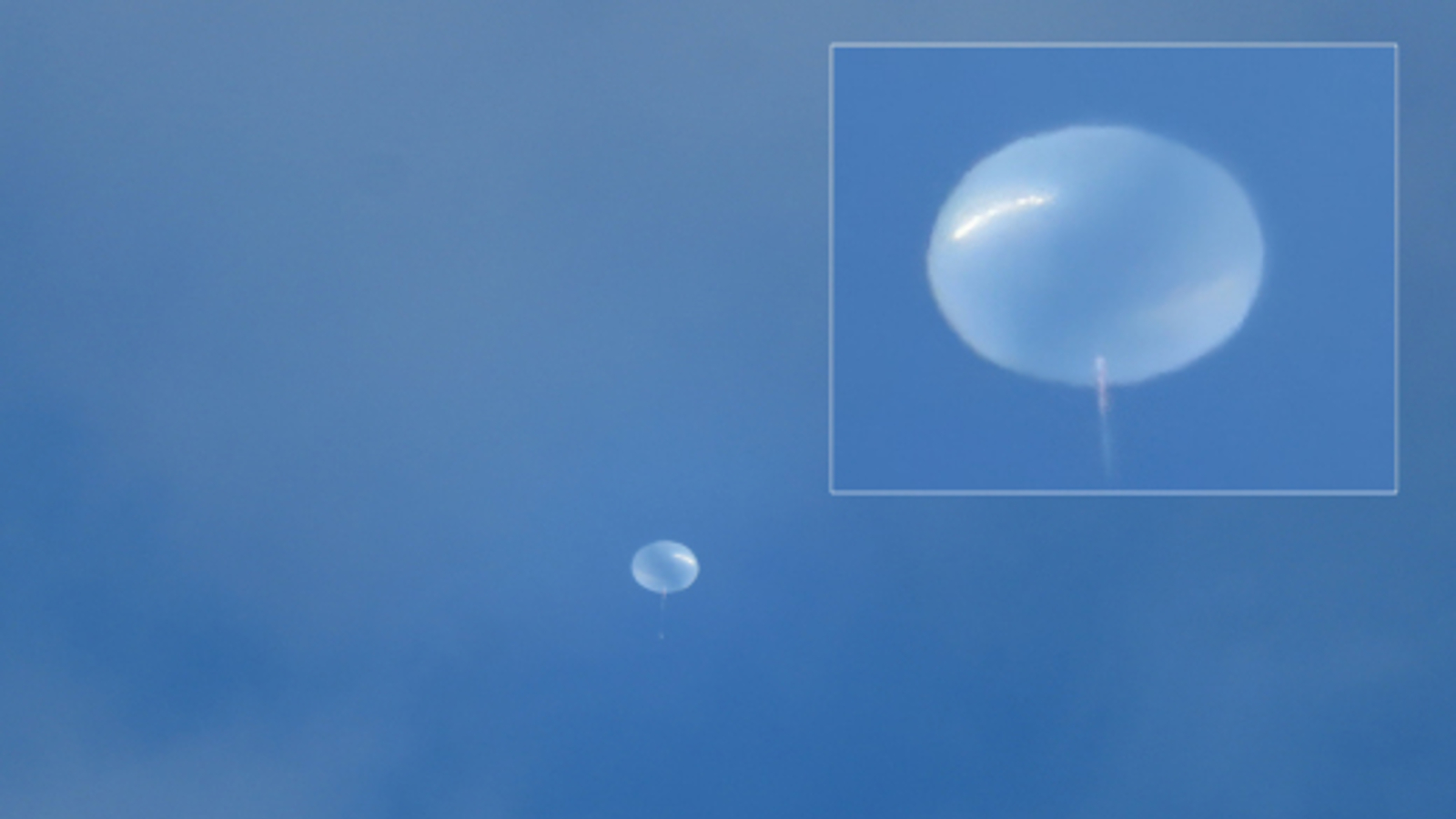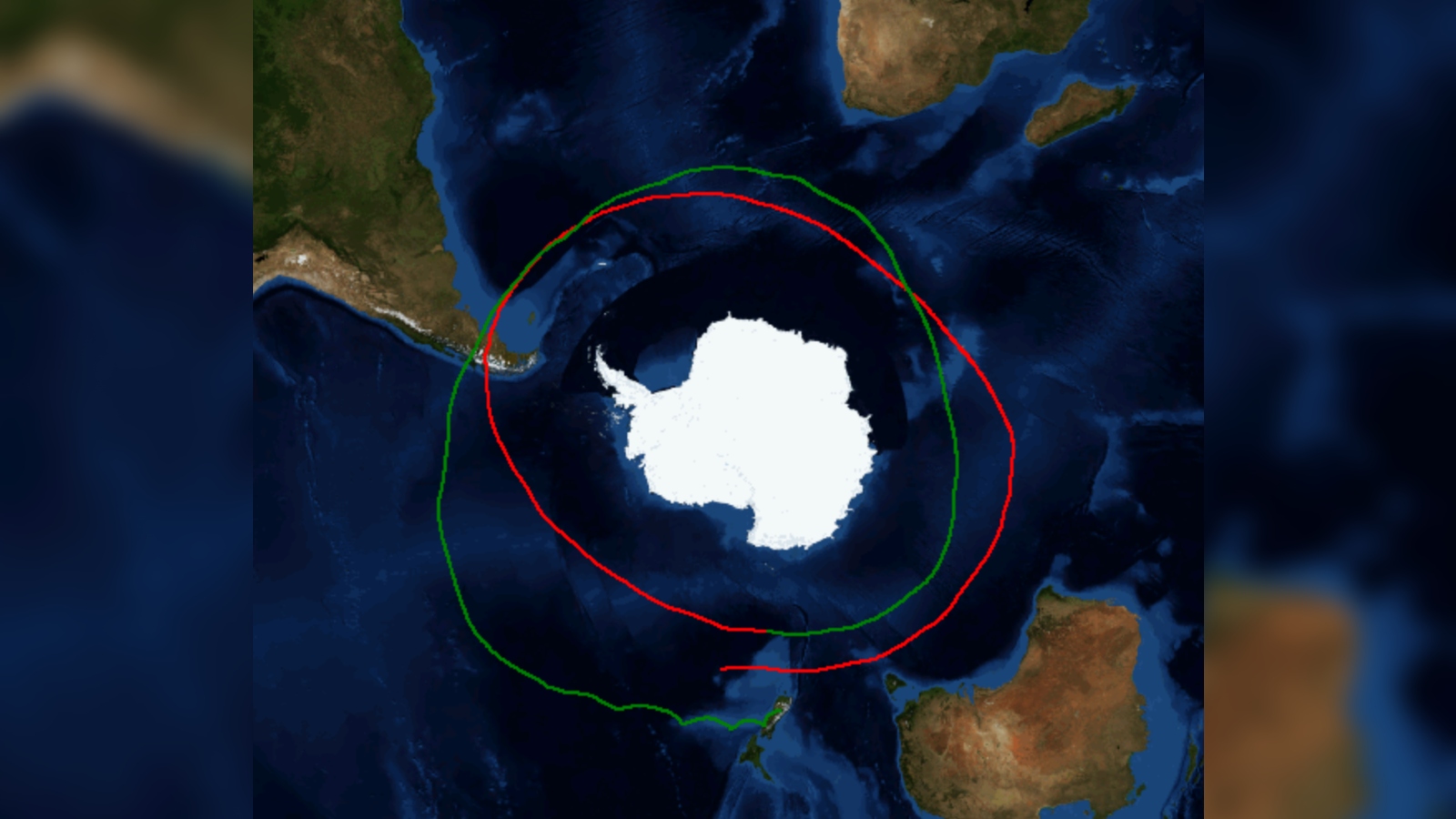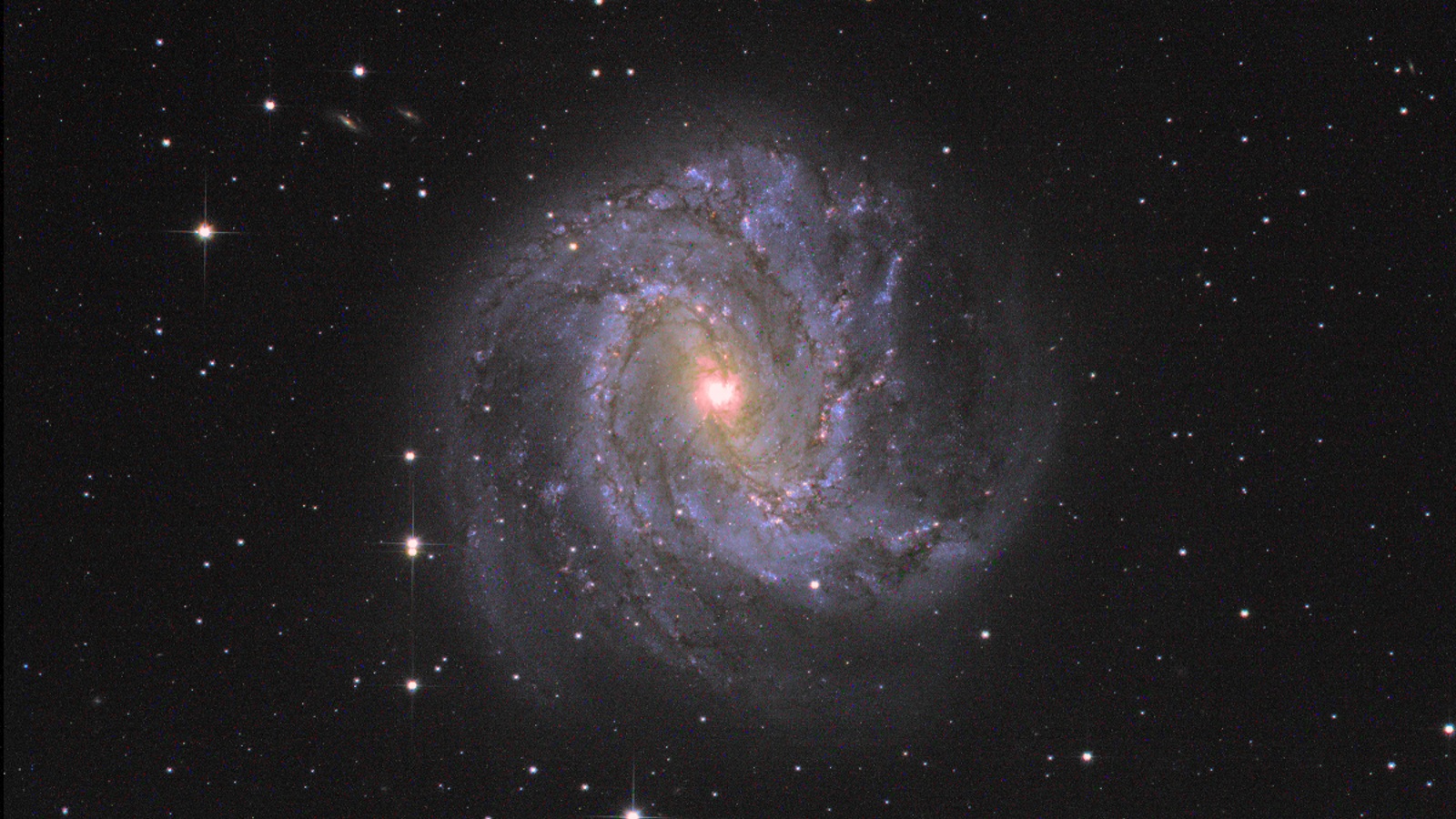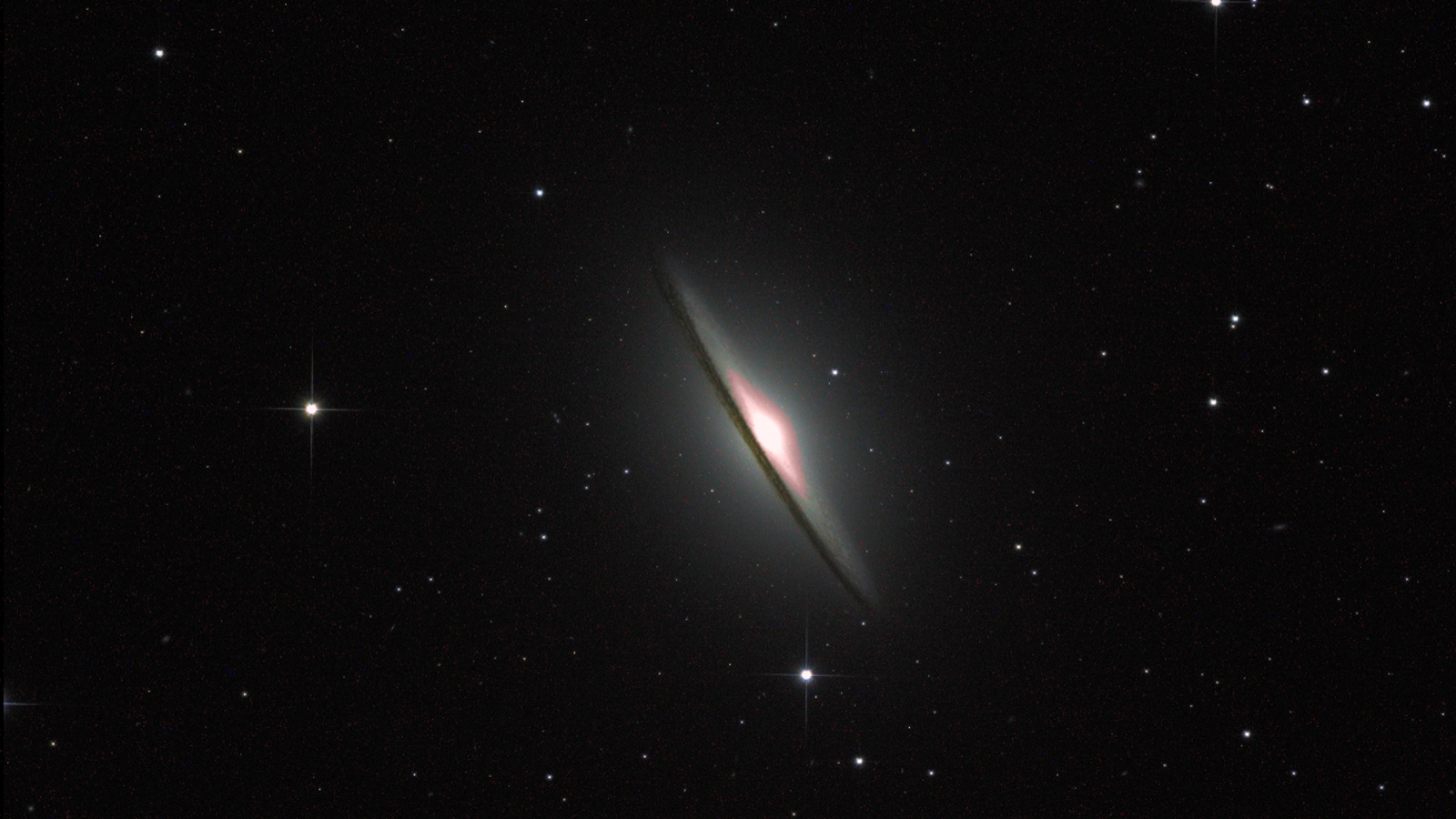Weird balloon circling the Southern Hemisphere isn't a spy craft — it's NASA's newest telescope
An enormous balloon spotted circling the Southern Hemisphere is actually SuperBIT, a NASA telescope that is capturing Hubble-quality data from the upper reaches of the atmosphere.

Over the last few weeks, an enormous balloon has been spotted circling Earth's Southern Hemisphere in the upper reaches of the atmosphere, sparking fears that it may be a spy balloon like the UFOs that were shot down above North America in February.
But the massive floating bubble is actually NASA's latest telescope, the Super Pressure Balloon Imaging Telescope (SuperBIT). And rather than spying on unsuspecting people below, the telescope is peering into the cosmos above in search of dark matter.
The giant balloon, which is wider than a football field, was launched on April 16 from Wānaka, New Zealand and has since completed more than two full revolutions around the Southern Hemisphere — the longest continuous flight for a balloon-borne telescope, according to a NASA statement.
On May 6, photographer Erwin Enrique Sandoval captured a crisp image of SuperBIT around 25 miles (40 kilometers) above Coyhaique in southern Chile. "We could see it high in the afternoon sky," Sandoval told Spaceweather.com. "It was very large."
Related: World's largest communication satellite is a photobombing menace, astronomers warn

SuperBIT's primary goal is to search for evidence of dark matter by taking detailed images of galaxies in order to spot signs of gravitational lensing — the phenomenon where light from a distant galaxy gets magnified as it travels through gravitationally warped space-time around a closer galaxy — that could provide clues about the invisible yet abundant matter's true identity.
A new study, released April 20 in the journal Nature Astronomy, revealed that light from oddly-warped "Einstein rings" could shed light on dark matter's true identity.
Sign up for the Live Science daily newsletter now
Get the world’s most fascinating discoveries delivered straight to your inbox.
At its lofty altitude, SuperBIT sits above 99.2% of Earth's atmosphere, which means there is little to no air to obscure its view of the stars, according to the SuperBIT website. At this height, the telescope can also capture images by day or night.


Astronomers believe the data collected by SuperBIT is comparable in quality to the Hubble Space Telescope, according to Spaceweather.com. And the balloon-borne telescope has already captured several stunning shots of distant galaxies.
But astronomy is not the only possible use for giant balloons like this. In June 2020, space tourism company Space Perspective released its plans to eventually take civilians to the edge of space using similar balloons.
Keen-eyed observers and astronomy enthusiasts could have plenty more chances to catch a glimpse of the balloon. "Hopefully, we'll complete many more revolutions about the hemisphere over the next several weeks," Debbie Fairbrother, chief of NASA's Scientific Balloon Program Office, said in the statement. (A single revolution could take anywhere between one and three weeks depending on wind patterns.)

Harry is a U.K.-based senior staff writer at Live Science. He studied marine biology at the University of Exeter before training to become a journalist. He covers a wide range of topics including space exploration, planetary science, space weather, climate change, animal behavior and paleontology. His recent work on the solar maximum won "best space submission" at the 2024 Aerospace Media Awards and was shortlisted in the "top scoop" category at the NCTJ Awards for Excellence in 2023. He also writes Live Science's weekly Earth from space series.









